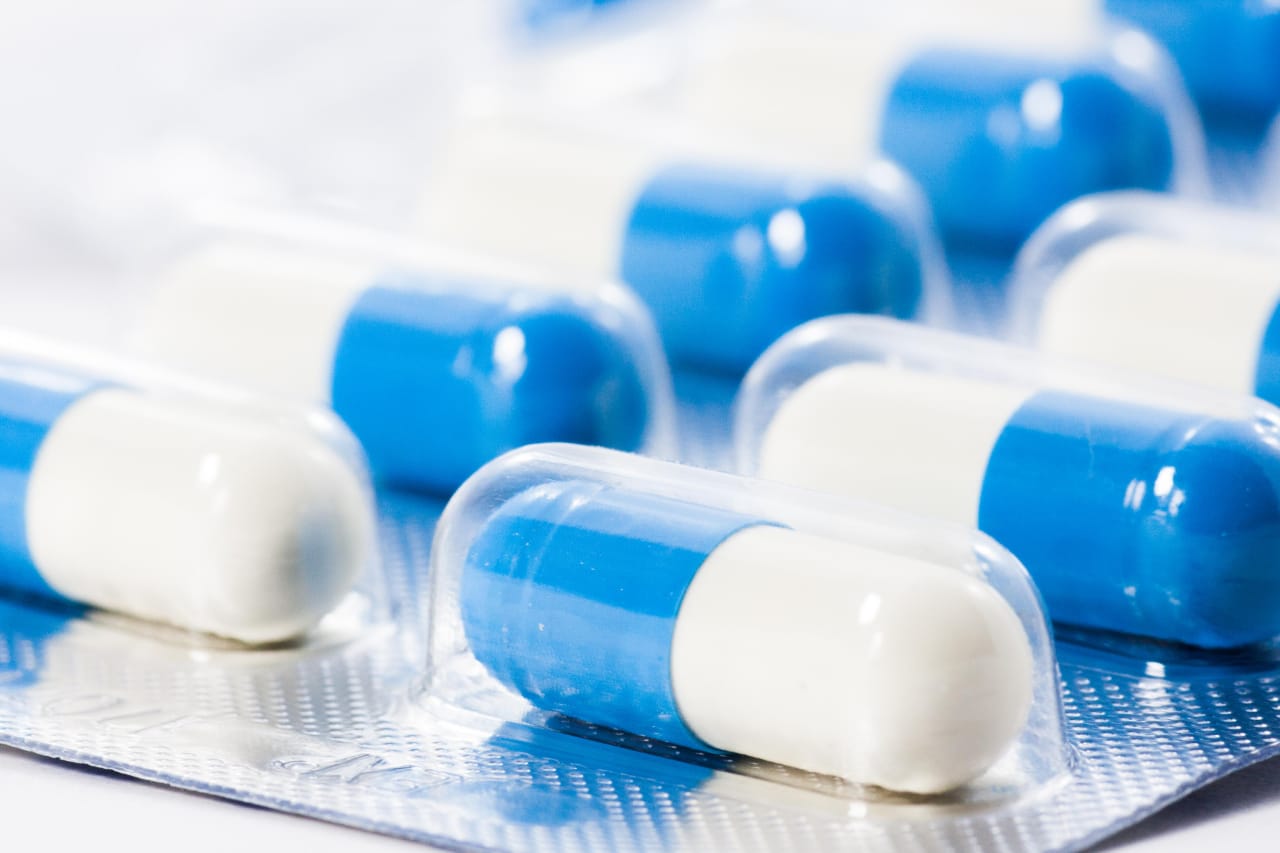MCQ ON ANTIBIOTICS class 12 for NEET | ANTIBIOTICS class 12 | MCQ ANTIBIOTICS with Answer | Check the below NCERT MCQ question for class 12 Biology based on the with Answers.

MCQ ON ANTIBIOTICS class 12 for NEET
MCQ on ANTIBIOTICS class 12 Biology with answers were prepared based on the latest pattern.We have provided class 12 Biology MCQs questions on ANTIBIOTICS with Answers to help students understand the concept very well.
MCQ ON ANTIBIOTICS is useful for NEET / CSIR / UGC / CBSE / ICSE / AIIMS / EXAM / AFMC EXAM / STATE LEVEL MEDICAL EXAM 2022-23, 2023-24
Introduction:
Antibiotics produced by microbes are regarded as one of the most significant discovery of the 20th century and have greatly contributed to the welfare of the human society. Anti is Greek word that means against and bio means life together they mean against life whereas reference to human beings they are Pro life not against. Antibiotics are chemical substances which are produced by some microbes and can kill or retard the growth of other microbes .You are familiar that antibiotic penicillin. Do you know that penicillin was the first antibiotic to be discovered and it was a chance discovery? Alexander Fleming while working on Staphylococcus bacteria , once observed a mould growing in one of his unwashed culture plates around which staphylococcus could not grow. Found out that it was due to a chemical produced by mould and he named it penicillin after the mould Penicillium notatum.
MCQ ON ANTIBIOTICS class 12 for NEET
1. Waksman got Nobel Prize for his discovery of
(a) Penicillin
(b) Neomycin
(c) Chloromycetin
(d) Streptomycin
Ans (d) Streptomycin
2. Penicillin is got from
(a) Streptomyces griseus
(b) Penicillium chrysogenum
(c) Penicillium griseofulvum
(d) Aspergillus fumigatus
Ans. (b) Penicillium chrysogenum
3. Streptomycin is prepared from
(a) Streptomyces antibioticus
(b) Streptomyces nodosus
(c) Streptomyces griseus
(d) Streptomyces rimosus
Ans. (c) Streptomyces griseus
4. Antibiotics are mostly got from
(a) Fungi
(b) Actinomycetes /Bacteria
(c) Both A and B
(d) Cyanobacteria
Ans.(c) Both A and B
5. Penicillin inhibits bacterial multiplication because it
(a) Checks RNA synthesis
(b) Checks DNA synthesis
(c) Destroys chromatin
(d) Inhibits cell wall formation
Ans.(d) Inhibits cell wall formation
6. Antibiotics cephalosporin is got from
(a) Bacterium
(b) Algae
(c) Fungus
(d) Mycoplasma
Ans.(c) Fungus
7. Broad spectrum antibiotics are the ones which attack
(a) Pathogens as well as host
(b) A wide range of pathogens
(c) Only a pathogen
(d) Only host
Ans.(b) A wide range of pathogens
8. Highest number of antibiotics are produced by
(a) Bacillus
(b) Penicillium
(c) Streptomyces
(d) Cephalosporium
Ans.(a) Bacillus
9. Fleming, Chain and Florey were awarded Nobel prize in 1945 for the discovery of
(a) HIV
(b) CT SCAN
(c) Penicillium
(d) Staphylococcus
Ans. (c) Penicillium
10. Which antibiotic is not produced by moneran?
(a) Erythromycin
(b) Streptomycin
(c) Penicillin
(d) Tetramycin
Ans. (c) Penicillin
11. The chemicals substances which are produced by some microbes and can kill a retard the growth of other microbes are called
(a) vaccination
(b) enzymes
(c) catalyst
(d) antibiotics
Ans.(d) antibiotics
12. The type of antibiotics which is effective only against one type of pathogens are called
(a) Broad spectrum antibiotics
(b) specific antibiotics
(c) Narrow spectrum antibiotics
(d) All the above
Ans . (b) Specific antibiotics
13. The antibiotics which are modified to enhance their potency are called
(a) semi synthetic antibiotics
(b) broad spectrum antibiotics
(c) Narrow spectrum antibiotics
(d) specific antibiotics
Ans.(a) semi synthetic antibiotics
14. Completely synthetic antibiotics is
(a) chloramphenicol
(b) oxocilin
(c) ampicillin
(d) Penicillin
Ans. (a) Chloramphenicol
15. Antibiotics are used for
(a) As medicines
(b) As preservatives
(c) As feed supplement
(d) All the above
Ans.(d) All the above
16. Antibiotics are obtained from
(a) lichens
(b) fungi
(c) eubacteria and actinomycetes
(d) All the above
Ans.(d) All the above
17. The term antibiotics was coined by
(a) Waksman
(b) Fleming
(c) Robert
(d) Jeffrey
Ans.(a) Waksman
ALSO READ:-
● YOU CAN WATCH BIOLOGY SIR Youtube channel
18. The type of antibiotics which can kill or destroy a number of pathogens that belong to different groups with different structure and wall composition
(a) Broad spectrum antibiotics
(b) Narrow spectrum antibiotics
(c) Action antibiotics
(d) All the above
Ans. ( a) Broad spectrum antibiotics
19. An antibacterial antibiotics function as
(a) killing bacteria
(b) inhibiting growth of bacteria
(c) Both a and b
(d) none of the above
Ans.(c) Both a and b
20. An antibacterial antibiotics function is bacteriostatic by
(a) Disruption of wall synthesis
(b) inhibition of transfer RNA binding to ribosome
(c) inhibitions of translation
(d) All the above
Ans.(d) All the above
21. The antibiotics which are obtained from eubacteria
(a) Bacillus
(b) Pseudomonas
(c) Both a and b
(d) Erythromycin
Ans.(c) Both a and b







Leave a Comment